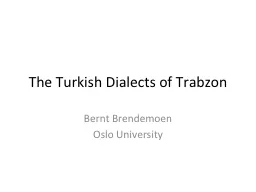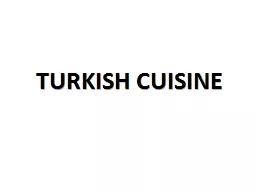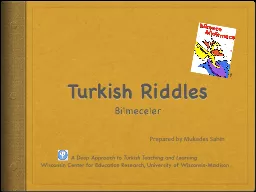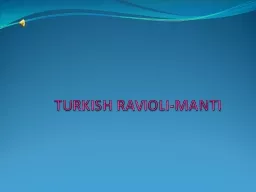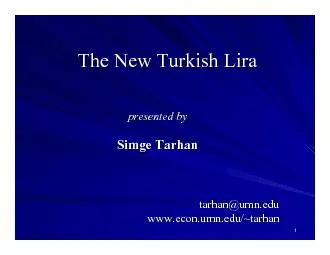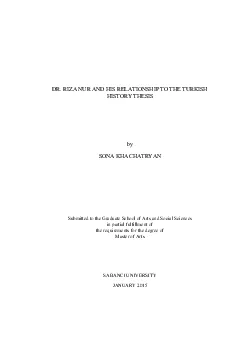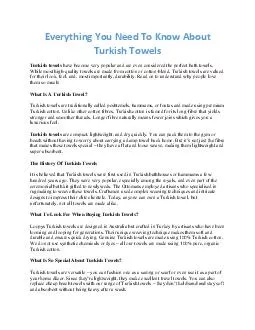PPT-The Turkish Dialects of Trabzon
Author : genesantander | Published Date : 2020-10-22
B ernt Brendemoen O slo University Ca 400 BC Xenophon tells about Greek settlements 12041461 The Byzantine kingdom of Trabzon Encounters between Greeks and Akkoyunlu
Presentation Embed Code
Download Presentation
Download Presentation The PPT/PDF document "The Turkish Dialects of Trabzon" is the property of its rightful owner. Permission is granted to download and print the materials on this website for personal, non-commercial use only, and to display it on your personal computer provided you do not modify the materials and that you retain all copyright notices contained in the materials. By downloading content from our website, you accept the terms of this agreement.
The Turkish Dialects of Trabzon: Transcript
Download Rules Of Document
"The Turkish Dialects of Trabzon"The content belongs to its owner. You may download and print it for personal use, without modification, and keep all copyright notices. By downloading, you agree to these terms.
Related Documents

